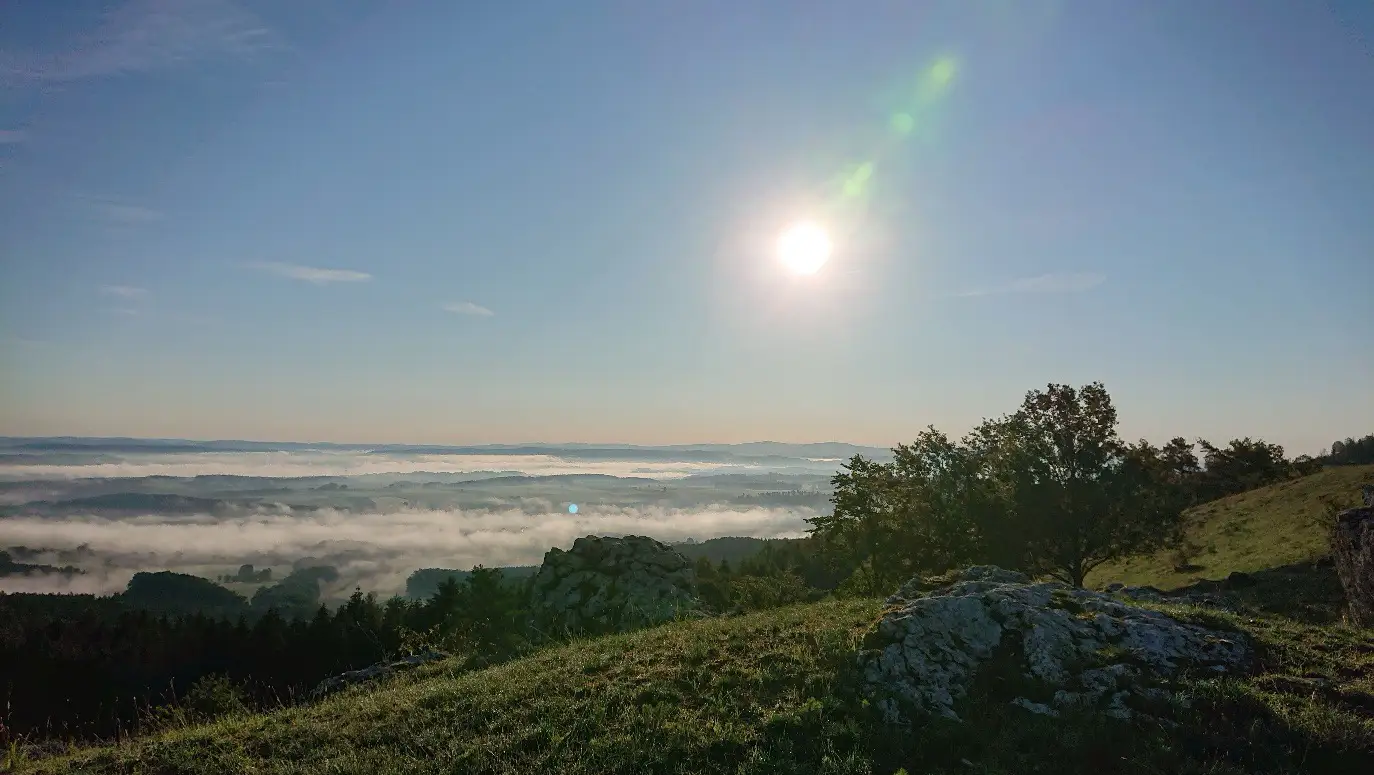As part of the LAC2026 Convention, participants are invited to join exclusive excursions to some of the region’s most remarkable and inspiring locations. These carefully curated journeys offer unique opportunities to explore local culture, ancient sites and natural beauty—creating unforgettable experiences beyond the conference halls.
The full-day excursion takes you to the Northern Franconian Alb, a low mountain range region with numerous prehistoric to medieval monuments and intensive settlement and habitation since the Mesolithic period.
Places visited will include:
The excursion is limited to 45 participants.
Departure will be on Saturday, 21 March 2026, at 8:00 a.m. from Markusplatz in Bamberg, with return arrival at approximately 6:00 p.m. at the same location.

Schedule for the Northern Franconian Alb excursion:
This full-day excursion takes you to different sites along Upper German-Raetian Limes, part of the UNESCO-World Heritage “frontiers of the Roman Empire”. The Limes is by far the largest archaeological monument in Central Europe and has shaped the landscape for centuries.
Places visited will include:
The excursion is limited to 45 participants.
Departure will be on Saturday, 21 March 2026, at 8:00 a.m. from Markusplatz in Bamberg, with return arrival at approximately 6:00 p.m. at the same location.
This full-day excursion will take participants to Bärnau, a small town located 1 km west of the Bavarian-Bohemian border, east of Bamberg. From here the border landscape can be explored on foot.
The mountain range of the Oberpfälzer Wald has historically served as a natural barrier and political border.
Settlement history of the region shows evidence dating back to the Slavic period. During the Middle Ages, the so-called Golden Road facilitated cultural exchanges across the border, connecting the cities of Nuremberg and Prague. Traditional cultural contacts were significantly disrupted over the course of the 20th century due to the National Socialist regime and were rigorously interrupted by the establishment of the Iron Curtain. Today, archaeological projects and voluntary initiatives by residents on both sides of the border are revitalizing historical relations through bilateral initiatives across the border.
Bärnau is not only a site for research into a fascinating border landscape, but it is also home to the History Park and the ArchaeoCentrum Bavaria-Bohemia, where experimental archaeology is conducted alongside research into medieval construction techniques and the reconstruction of the medieval way of life in a border region, supported by evidence-based environmental reconstruction.
Places to be visited include:
Anticipated Participants: Maximum of 25.
Departure: Saturday, 21 March 2026, at 8:30 a.m. from Markusplatz in Bamberg, with a return to the same location expected at approximately 6:00 p.m.
World Heritage at second glance – an archaeological-historical walk through Bamberg’s Old Town
In contrast to the numerous profane and sacred architectural monuments that make up the UNESCO World Heritage Site of Bamberg – consisting of the City on the Hills, the Island District and the Market Gardener´s District – the archaeological monuments of the old town remain largely hidden at first glance.
However, the results of numerous archaeological excavations provide insights into past times and into the development and growth of the city long before its first mention in the year 902.
Bamberg’s city archaeologist Dr. Stefan Pfaffenberger will let you take a closer look at this seemingly hidden part of the city’s history by introducing you to selected archaeological sites. Because many things, that shape the face of the city today, have roots that go back a long way…
Anticipated Participants: The tour is limited to 30 participants and will take 3,5–4 hours.
Start and meeting point: Saturday 21 March 2026, 9:00 a.m. at Am Kranen 14 (University building KR14, courtyard)
Costs: 5 euro.
Please transfer your excursion fee to:
Beneficiary: Staatsoberkasse Bayern, Landshut / Uni Bamberg
Bank Account: DE84 7500 0000 0074 3015 30
BIC: MARKDEF1750
Booking reference: 1526.0185.1038 + your full name
Please make sure to add the booking reference correctly, otherwise we will not be able to trace your payment.
For participants from outside the EU, it is possible to pay by credit card or PayPal. We will send you instructions for credit card payment.